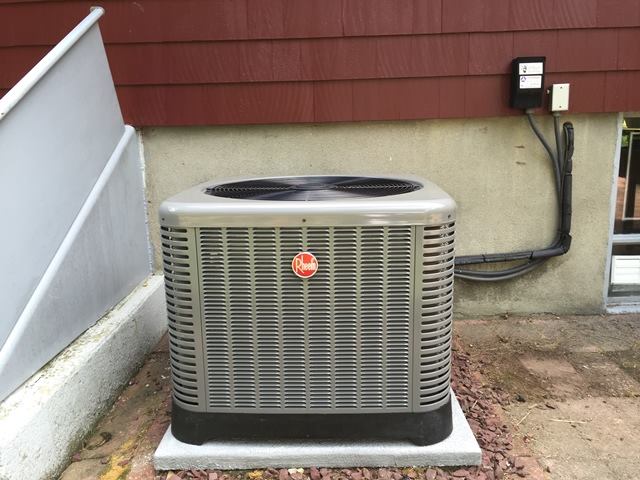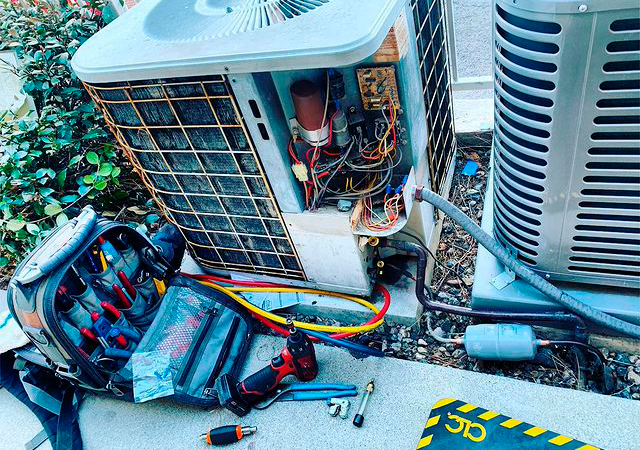When your air conditioning system begins to show signs of wear and tear, or it just isn’t performing as efficiently as it once did, it’s time to consider an aircon service appointment. Whether it’s the middle of summer or a particularly warm season, getting your air conditioner serviced ensures it continues to work optimally and saves you from expensive repairs down the line. But what exactly should you expect during an aircon service appointment?
In this blog post, we’ll walk you through the entire aircon service process, from what technicians check, to how long it takes, and the benefits of regular servicing. Whether you’re booking your first appointment or you’re just looking for more clarity on the process, understanding what’s involved can help you prepare and ensure that the service is done effectively. If you’re in need of reliable and professional help, Tanglin aircon servicing is a trusted option, providing comprehensive checks and maintenance to keep your system running smoothly and efficiently.
1. Initial Inspection and Consultation
Once your service technician arrives, they’ll begin by inspecting your air conditioning unit. If you’ve never had the system serviced before or you’re unfamiliar with the brand, it’s helpful to provide a brief overview of any issues or concerns you’ve been noticing. Have you felt that the aircon isn’t cooling as efficiently? Is there a strange odor or noise coming from the unit? These kinds of observations will give the technician insight into what to look for during their inspection.
In addition to discussing any specific concerns, the technician will also perform a visual inspection. They’ll check the exterior of the unit, the surrounding area, and the condition of the air filters, ducts, and any visible components. They’ll also look at the condition of the thermostat to ensure that it’s properly regulating the temperature.
2. Cleaning and Replacing Air Filters
One of the most common service tasks for air conditioning systems is cleaning or replacing the air filters. The filters are essential for ensuring that the air circulating in your home is clean and that the air conditioner functions efficiently. Over time, dust, dirt, and other debris can accumulate in the filters, reducing airflow and making the system work harder.
If the filters are dirty, the technician will either clean them (if reusable) or replace them with new ones. Clean filters improve the efficiency of the unit, reduce energy consumption, and help maintain good indoor air quality. In most cases, filters should be replaced or cleaned every 3-6 months, depending on the usage and the environment.
3. Checking and Cleaning the Coils
Air conditioners have two types of coils: the evaporator coil and the condenser coil. The evaporator coil absorbs heat, while the condenser coil releases it. Over time, both coils can accumulate dirt, especially the evaporator coil, which is exposed to moisture from condensation. When dirt builds up on these coils, it can reduce the system’s ability to cool air, leading to lower efficiency and higher energy bills.
During an aircon service, the technician will clean both the evaporator and condenser coils. If the coils are damaged or excessively dirty, the technician may recommend coil replacement. Cleaning the coils helps prevent the aircon from overworking and promotes better cooling performance.
4. Clearing the Condensate Drain
Air conditioning units remove humidity from the air as they cool it. This moisture is collected and funneled through the condensate drain, where it is typically expelled outside the building. Over time, the drain can become clogged with algae, dirt, or debris, leading to water backup and potential leaks.
A trained technician will check the condensate drain for any blockages and clear it to ensure that water flows freely. If the drain is clogged, it could also lead to mold growth or water damage, making regular servicing even more critical.
5. Checking the Refrigerant Levels
Refrigerant is the substance that helps your air conditioning system cool the air. Low refrigerant levels can prevent your air conditioner from working efficiently, leading to poor cooling performance. The technician will check the refrigerant levels during the service and ensure that they are within the manufacturer’s recommended range.
If the refrigerant is low, the technician will identify the cause of the leak (if any) and suggest a solution. Sometimes, simply topping up the refrigerant is enough to restore the system’s cooling capabilities. However, if there is a leak, the technician will need to repair it, as adding more refrigerant without fixing the leak is not a permanent solution.
6. Testing the Thermostat and Controls
To ensure your air conditioning system is running smoothly, the technician will test the thermostat settings and ensure the system responds appropriately to temperature adjustments. If the thermostat is malfunctioning, it could cause the aircon to turn on and off at inappropriate times or fail to maintain a consistent temperature.
During the service, the technician will also check the electrical components, such as the fan and compressor. These components are essential for the system’s operation, and any malfunction could cause a breakdown. In some cases, the technician might recalibrate the thermostat or recommend a replacement if it’s outdated or faulty.

7. Inspecting Ductwork and Insulation
If your air conditioning unit is struggling to cool your home effectively, the issue might lie within the ductwork or insulation. Leaky ducts or poor insulation can prevent cool air from circulating properly, leading to inefficiency and higher energy costs.
The technician will inspect the ductwork for leaks or damage, and ensure that insulation around the ducts is in good condition. If leaks are detected, the technician may recommend sealing them to improve airflow and reduce the workload on the system. Proper insulation ensures that the cool air stays in the rooms and doesn’t escape into the walls or attic.
8. Evaluating Overall System Performance
After completing the necessary maintenance tasks, the technician will evaluate the overall performance of the air conditioning system. They may run the system for a short period to ensure it’s cooling efficiently, checking for abnormal sounds, vibrations, or irregularities in performance.
If the technician identifies any issues during this final test, they will make further adjustments or suggest additional repairs. If everything is functioning well, they will provide you with a service report detailing the work performed, any parts replaced, and any recommended future actions.
9. Final Recommendations and Maintenance Tips
At the end of the service appointment, the technician will likely provide recommendations for ongoing maintenance to keep your air conditioner running smoothly. These tips may include:
- Changing filters regularly
- Cleaning the coils and drain line periodically
- Scheduling professional service once or twice a year
- Keeping the outdoor unit clear of debris
Following these suggestions can help you get the most out of your air conditioning system and extend its lifespan.
Conclusion
An aircon service appointment plays a crucial role in maintaining the efficiency and longevity of your cooling system. By having your system regularly serviced, you can ensure that it runs smoothly, saves energy, and prevents costly repairs in the future. Expect your technician to perform a thorough inspection, clean essential components, check refrigerant levels, and ensure your system is running optimally. Regular servicing is a proactive way to keep your home cool and comfortable during the warmer months, and it’s always better to address small issues before they turn into expensive repairs.

